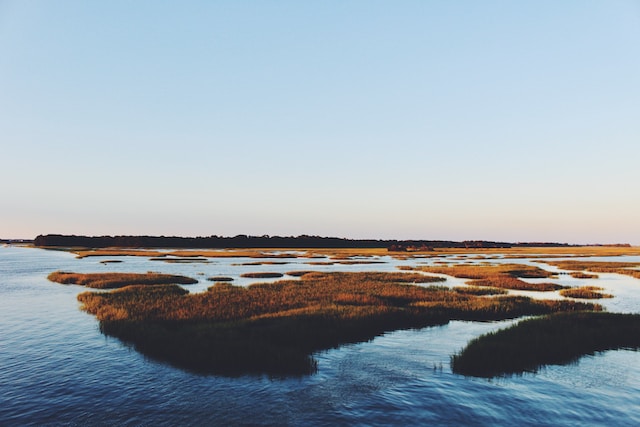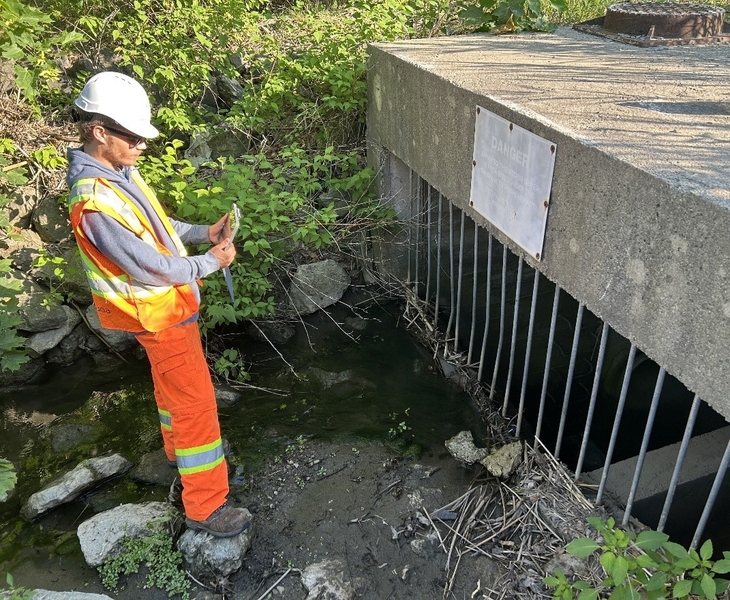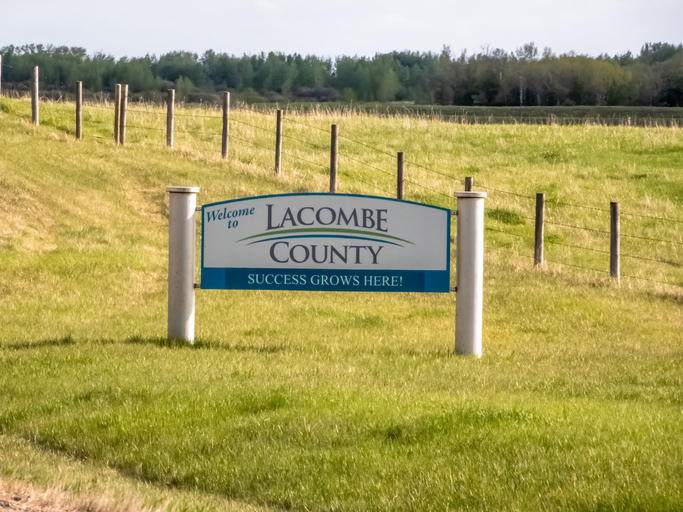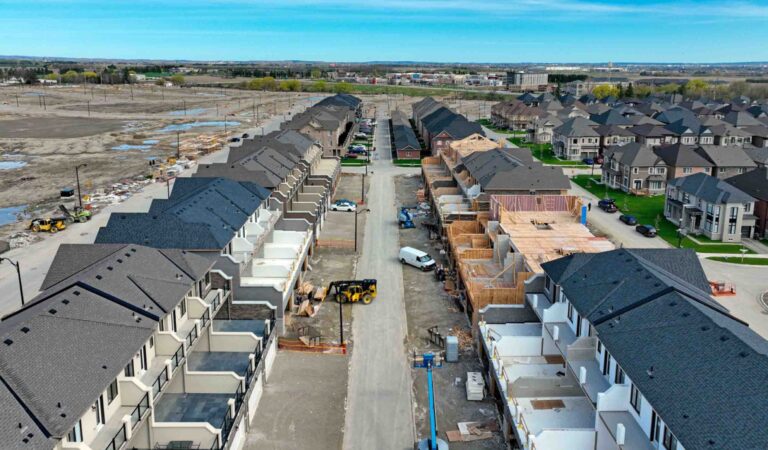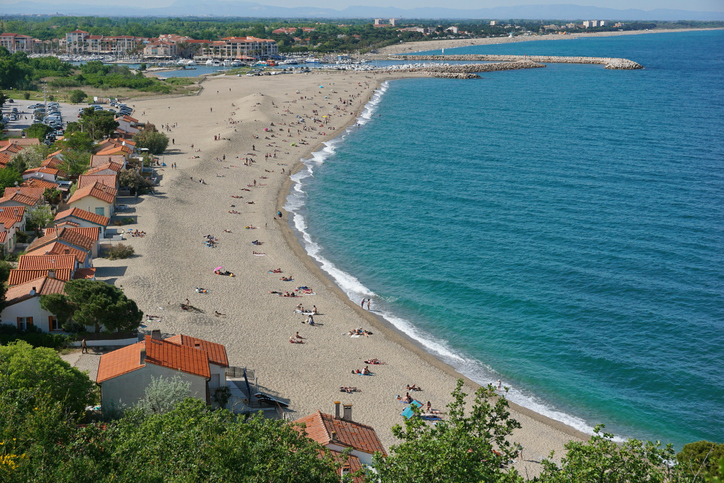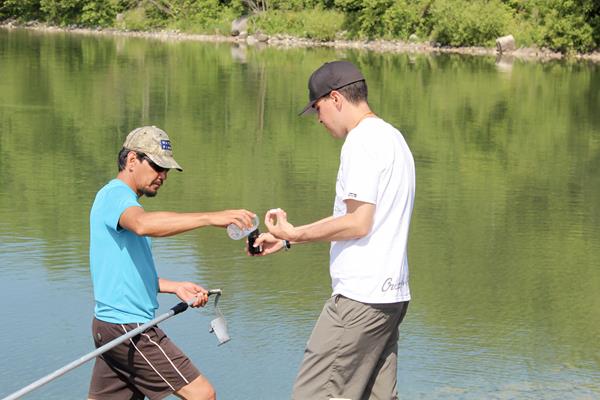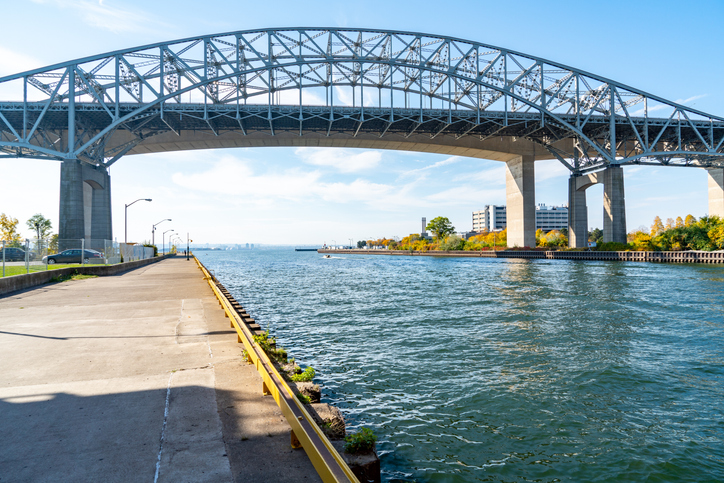St. Peter’s, NS – Mike Kelloway, Parliamentary Secretary to the Minister of Fisheries, Oceans and the Canadian Coast Guard and Member of Parliament for Cape Breton-Canso, Jaime Battiste, Parliamentary Secretary to the Minister of Crown-Indigenous Relations and Member of Parliament for Sydney-Victoria, and Chief Wilbert Marshall of Potlotek First Nation, have announced a federal investment of $1 million to support the installation of erosion controls in Eskasoni and Potlotek First Nations.
Through the Natural Infrastructure Fund, the Government of Canada is supporting the Union of Nova Scotia Mi’kmaq to plan, design, and implement erosion controls along the Bras d’Or Lake. Erosion protection improvements will include the installation of living dikes with salt marshes, and implementing sediment controls. The project will improve the communities’ resilience when faced with extreme weather events.
By investing in infrastructure, the Government of Canada is growing our country’s economy, building resilient communities, and improving the lives of Canadians.
“We are working together to protect Miꞌkmaw communities from the effects of erosion and extreme weather. Residents of Eskasoni and Potlotek are at the forefront of building a more climate resilient future. Today’s investment supports these communities on the Bras d’Or lake in managing and adapting to the risks of climate change for years to come.” – Mike Kelloway, Parliamentary Secretary to the Minister of Fisheries, Oceans and the Canadian Coast Guard and Member of Parliament for Cape Breton-Canso
“This funding is an important milestone not only for the community of Potlotek, but for all of Mi’kma’ki. The sacred island of Chapel Island, the governance practices, sacred ceremonies, and social gatherings that take place there are older than Canada. The Mi’kmaq and our way of being have been on our ancestral lands since time immemorial. This Erosion Protection project is finally taking the work that has been done before through environmental studies, and moving toward implementation. This is an important project for Potlotek, and we are looking forward to restoring our sacred shoreline with the funding we received.” – Chief Wilbert Marshall of Potlotek First Nation
“Eskasoni is one of the two coastal communities that are the hardest hit by severe storms, high winds, and erosion. This Erosion Protection project will assist with preservation of our lands and more importantly, extend the life of our shorelines. The natural infrastructure concept is in alignment with the Mi’kmaq ways of being, as it is sustainable, and by giving back to the land in a good and healthy way. In addition, we want to ensure that our ancestral lands will continue to provide for us, and for generations to come. This is a very exciting project for us, and we look forward to seeing the final outcome of the project.” – Chief Leroy Denny of Eskasoni First Nation
Quick facts
- The Government of Canada is investing $1 million in this project through the Natural Infrastructure Fund (NIF).
- The Natural Infrastructure Fund supports projects that use natural or hybrid approaches to increase resilience to climate change, mitigate carbon emissions, protect and preserve biodiversity and wildlife habitats, and promote Canadians’ access to nature.
- Examples of natural infrastructure include urban forests, street trees, wetlands, living dykes, bioswales, and naturalized coastal restoration.
- Hybrid infrastructure incorporates elements of engineered grey infrastructure to enhance or support natural infrastructure and/or the use of ecosystem processes. Examples of hybrid infrastructure include green roofs and walls, and naturalized stormwater ponds.
- A minimum of 10% of the overall program envelope will be allocated to Indigenous-led projects.
- The funding announced today builds on the Government of Canada’s work through the Atlantic Growth Strategy to create well-paying middle-class jobs, strengthen local economies, and build inclusive communities.
- Federal funding is conditional on fulfilling all requirements related to consultation with First Nations and environmental assessment obligations.

